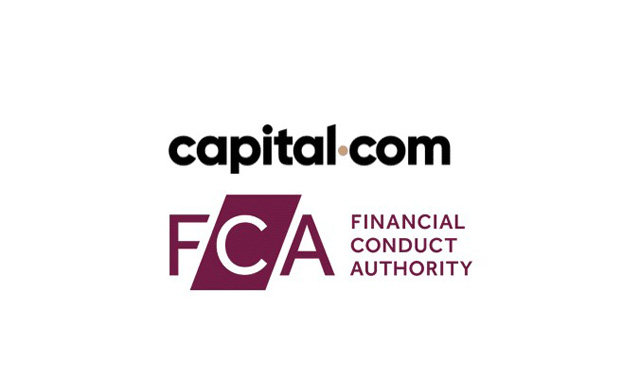As bitcoin continues to develop, its trajectory in the year 2025 might fall into two plausible trends: will bitcoin find everyday use as a medium for general transactions, thus making the way people go about financial activities change, or turn out to be one of the leading investment assets and “digital gold”? Either version has some merits to both its utility and value.

For those navigating the dynamic bitcoin and crypto industry, services like Binance, Kraken or Exolix for swapping BTC to USDT can offer safe and seamless ways to manage your crypto assets.
Bitcoin as a mass adoption asset
The ability of Bitcoin to reach mass adoption shall definitely be linked to turning itself into a practical and scalable payment method. Recent advances in things like the Lightning Network deal with the scalability of Bitcoin, making faster and cheaper transactions. Such technologies, adopted en masse, will make Bitcoin usable in everyday purchases-from a cup of coffee to payment for groceries-by 2025.
Key drivers for mass adoption:
- Technical developments: The Lightning Network and similar implementations are important in keeping transaction fees and times low, allowing Bitcoin to compete with other forms of payments.
- Integration by retail companies: the more merchants that decide to use Bitcoin, the more it will be applicable in daily life. Already now, such famous companies as Tesla, Starbucks, and PayPal have opened their doors to crypto payments.
- Financial inclusion: for those countries plagued with unstable currencies or no banking services at all, Bitcoin offers an alternative system of finance. This might see wide-scale adoption by 2025, depending on whether such circumstances are still observed in any of those jurisdictions, cementing its place as the currency for the unbanked.
Yet, there are still challenges ahead. Volatility in Bitcoin’s price, for one, makes it hard to use in daily transactions because of the many changes in value that consumers and merchants have to handle. For this, stablecoins or assets pegged to BTC can fill in the gap and offer stability without sacrificing the decentralization of Bitcoin.
Bitcoin as an investment asset
On the other hand, the capped supply of 21 million coins and deflationary nature of bitcoin make it an attractive long-term store of value. In 2025, bitcoin may continue to solidify its position as a premier investment asset, much like gold, rather than a medium of exchange for everyday purchases.
Key factors supporting investment asset status:
- Scarcity and halving impact: the 2024 halving will decrease the reward for mining bitcoins, which increases their scarcity and could contribute to demand.
- Institutional adoption: financial giants such as BlackRock and Fidelity have launched bitcoin-ETFs, making it very easy for mainstream investors to reach the asset. This trend is likely to intensify, attracting more capital to the market.
- Hedge against inflation: with the devaluation of fiat money due to overprinting, bitcoin is among the most sought-after options because it has a fixed supply.
In such a case, bitcoin can well continue to play “digital gold,” hedging against inflation and economic instability rather than being used as a transactional currency. Such positioning could lure institutional investors and high net worth individuals for portfolio diversification.
Mass adoption vs investment asset
The Possible Middle Ground While both routes seem to be, to some extent, mutually exclusive, there is a possible hybrid outcome in which bitcoin serves both as a widely used transactional currency in certain niches-say, remittances or underbanked regions-and as a savings vehicle for investors. For sure, this dual role would depend on how well balance bitcoin achieves between technological development with its native scarcity and decentralized nature.
Stablecoin, such as USDT, may play a complementary role for Bitcoin by complementing its volatility problem-with a smooth way to realize BTC to USDT for everyday usage and long-term preservation of value.
Conclusion
One would expect that by 2025, the future of Bitcoin will either be a Mass-Adoption Asset for use in everyday transactions or be another investment-grade asset class. Which path Bitcoin will take, or whether it can successfully combine the two, depends on technological innovation and clear regulations.
Both investors and users should be concerned with how utility in Bitcoin is going to change. Exolix, among other platforms, ensures safe solutions for BTC-to-USDT swaps, giving one flexibility in managing the use of Bitcoin for both transactional and investment purposes.
Be it as a currency for everyday living or the cornerstone of the world’s investment portfolios, there is little question that Bitcoin will continue its transformative powers to shape the future of money for years to come.


 Hot Features
Hot Features













